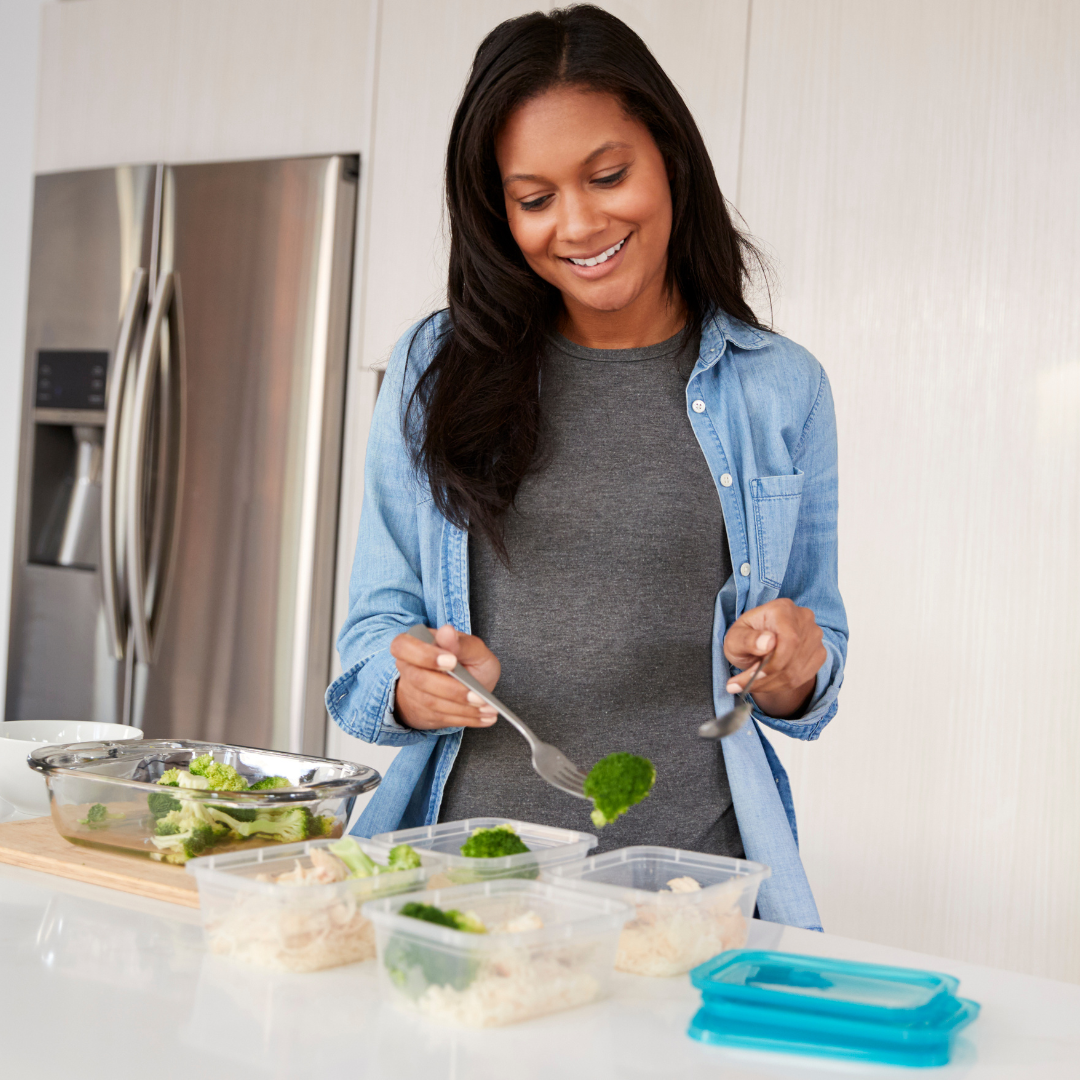Are you reading food labels correctly?
Reading and understanding food labels is essential to making the best possible decisions for your health and making your grocery store trips super efficient. The kind of information that is shown on food labels can vary from product to product (when you factor in serving size, calories, nutrient information, etc.). I know it can feel overwhelming… it is a lot to take in!
I’m going to break it down for you.
It can be difficult to understand food labels – there’s tons of information there, from ingredients to serving sizes/portions and it can be hard to understand if the product is truly healthy for you.
Typically, food labels will give you the following info:
- the name of the product
- the brand name
- what ingredients it contains (listed in order from largest to smallest by weight)
- nutritional information (like the average amount of energy, fat, protein, sugars and salt)
- use-by or best-before date
- details of the manufacturer
- how much it weighs
- information for people with food allergies
- a list of food additives
- directions for use and storage
- the country where the food was produced
There are also certain ingredients located on a nutrition label that you’ll want to consume less of, which includes saturated fat, sodium, and added sugars.
Consuming too much saturated fat and sodium comes with an increased risk of cardiovascular issues like high blood pressure.
In terms of nutrients you want more of, you’ll want to look for Dietary Fiber, Vitamin D, Calcium, Iron, and Potassium.
A diet that’s rich in dietary fiber can increase the frequency of bowel movements, lower blood glucose and cholesterol levels, and reduce calorie intake. Diets high in vitamin D, calcium, iron, and potassium can reduce the risk of developing problems like anemia and high blood pressure.
Beware of “trans fat” sneaking into food labels, too. This is a type of fat that you want to avoid being part of your diet. Trans fat is included in the “fat” section of the nutrition facts, but did you know if a product has less than .5 grams trans fat per serving, the company is not required to list it? So, to really know if a product doesn’t have any trans fat, look at the ingredient label and look for “partially hydrogenated oils”… you’ll want to avoid that!
Overall, you’ll want to avoid overly processed junk foods and really try to maintain balanced meals on a regular basis. By avoiding things like saturated fat, sodium, and added sugars, you’ll be able to make much better decisions in the future when it comes to food! I know it can be hard to look super close at food labels when you are trying to make a quick grocery run, but if you know what you’re looking for, it can make it a lot easier to glance at the label and know if you want to buy it or not.
Here’s a helpful chart from the U.S. Food and Drug Administration that explains the food label more in depth (you can read more about the details here). Remember, if you don’t know what the ingredient is – look it up! 🙂 And if you can’t pronounce most of the ingredients on a food label, it might not be the best option.
The
[FREE] BRIDAL MINI GUIDES
Achieve your body goals with one or all of these free bride training and wedding fitness resources.





[…] how to read labels. To make sure you know what you are buying, and what is in it, learning a little bit about food labels, and what they mean will clear a lot of […]